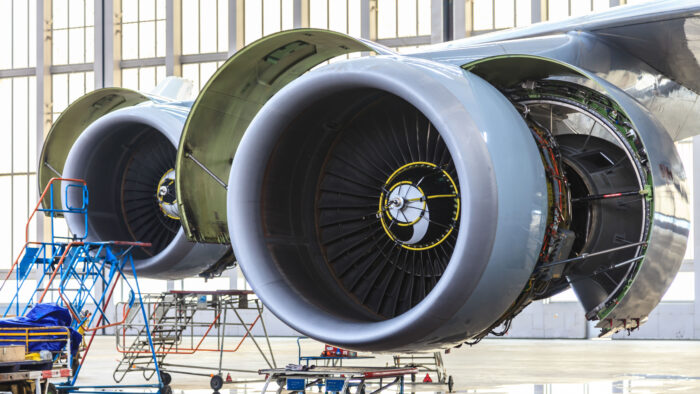This website uses cookies so that we can provide you with the best user experience possible. Cookie information is stored in your browser and performs functions such as recognising you when you return to our website and helping our team to understand which sections of the website you find most interesting and useful.

Modern-day magic: superalloys and demanding conditions
Metals: Pioneering Materials
Today, metals are being used for a myriad of new applications that were not thought to be possible a century ago. The need for new components for use in extreme environments such as jet engines and nuclear reactors has led to the creation of superalloys.
Superalloys are metal alloys which are resistant to extreme temperatures and often exceed the performance of regular alloys in characteristics such as mechanical strength and corrosion resistance. These high-performance materials are adopted primarily in specialised applications such as in aerospace and marine turbine engines or heat exchangers for nuclear reactor systems. Superalloys are typically used in the hottest section of rocket engines where temperatures exceed 1200°C!
Superalloy manufacturing is often technically complicated and expensive, but the performance of these materials in engines and other energy systems often provides sustainable and long-term financial benefit at their point of use. Nickel-based superalloys, for example, combine exceptional strength with high corrosion resistance, making them more efficient in chemical processing and aerospace applications than other alloys.

Research into superalloys means we can now use metals in extremely demanding environments such as in a jet engine

Another distinct range of technically complex alloys are widely used as ‘biomaterials’. Biomaterials are materials that we use to help replace and repair parts of the human body. A very common example of this is in hip replacements, where metallic parts have been used for decades to replace the top of the femur bone. Originally, stainless steel materials were used in such applications, but these were found to degrade inside the body (which is a demanding environment!). Today, titanium alloys are the preferred choice owing to their improved corrosion resistance and better match to the mechanical properties of bone. Titanium parts have been further improved by specialised processing (including 3D printing for bespoke personalised parts) and advanced coatings to enable better attachment with the rest of the femur. Moving forwards, biomaterials researchers are focussing on using materials to help the body repair itself, rather than using them to replace parts. ‘Resorbable’ biomaterials, which are naturally broken down by the body after they have performed their task, are a hot topic at present, and an area where alloys are likely to play a key role.
Although many of these technically complex metal alloys and superalloys are not commonly known, they are critical to the functioning of the most widespread modern technologies. Metals are always around us, and you might be surprised by the prevalence of materials science all around you!

